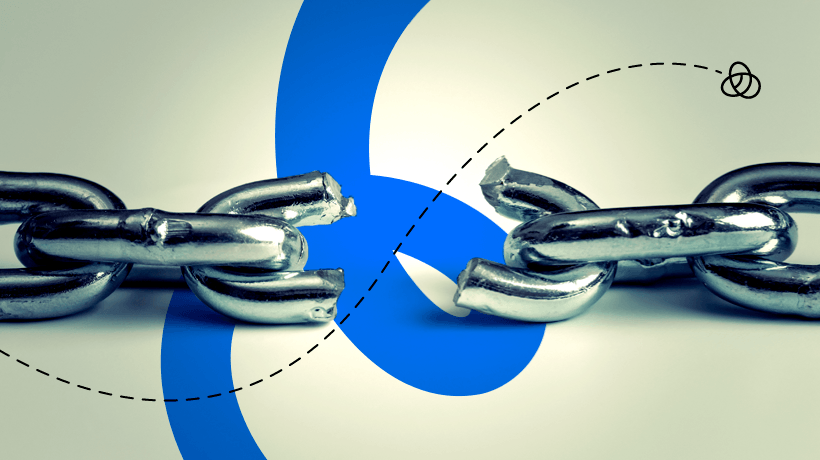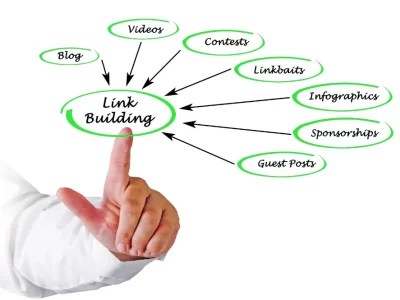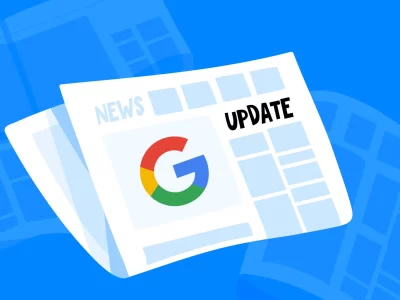Broken link building is a powerful SEO strategy that can help improve your website’s search engine rankings and drive more organic traffic. This step-by-step guide will walk you through the process of broken link building, providing you with the insights and tactics you need to succeed in this link-building method. Let’s dive into the world of broken link building and discover how to turn broken links into valuable opportunities for your website.
Understanding Broken Link Building
Broken links, also known as dead links or 404 errors, are hyperlinks on websites that lead to non-existent or outdated web pages. These broken links can negatively impact user experience and harm a website’s SEO. As an SEO enthusiast or webmaster, you can turn these broken links into opportunities by following these steps:
- Identify Broken Links
The first step in broken link building is to find broken links on relevant websites in your niche. You can use various tools like Ahrefs, SEMrush, or the Google Chrome extension “Check My Links” to identify broken links. Look for websites in your industry that have high domain authority, as linking from authoritative sites can significantly benefit your SEO efforts. To enhance your broken link building strategy, you can also consider utilizing the service provided by https://links-stream.com/. This service can help you identify broken links efficiently and offer valuable insights into relevant websites within your niche.
- Create High-Quality Content
Once you’ve identified a broken link, the next step is to create high-quality content that can replace the missing or outdated page. The new content you create should be informative, engaging, and highly relevant to the topic of the broken link. Ensure that your content adds value to the reader and is better than the original resource.
- Reach Out to Webmasters
After creating your content, the next step is to contact the webmaster of the website containing the broken link. Craft a polite and personalized email explaining that you’ve found a broken link on their website and offering your content as a replacement. Make it clear that your content is valuable and will enhance the user experience on their site.
- Build Relationships
Building relationships with webmasters is crucial in broken link building. Be professional and courteous in your interactions. Even if a webmaster doesn’t respond or declines your offer, maintaining a positive relationship can lead to future link-building opportunities.
- Monitor Progress and Follow Up
Keep track of your outreach efforts and monitor responses. If a webmaster agrees to replace the broken link with your content, it’s a win. However, not all webmasters will respond, so it’s essential to follow up politely to increase your chances of success.
Measuring Success
Now that you’ve learned the basics of broken link building, it’s essential to measure the success of your efforts. Here are some key performance indicators to track:
- Link Acquisition: Count the number of websites that replaced broken links with your content. This shows the reach of your campaign.
- Traffic Increase: Monitor your website’s traffic before and after implementing broken link building. A successful campaign should result in increased organic traffic.
- Keyword Rankings: Check your website’s keyword rankings. As your backlink profile improves, your rankings for target keywords should also increase.
- Conversion Rate: If your goal is not just traffic but conversions, track the conversion rate of the traffic generated through broken link building. This will help determine the quality of the traffic.
- Return on Investment (ROI): Calculate the ROI by considering the time and resources spent on the campaign and the value derived from the acquired backlinks.
Common Mistakes to Avoid
While broken link building can be highly effective, there are some common mistakes to avoid:
- Irrelevant Content: Ensure your content is closely related to the topic of the broken link. Irrelevant content won’t be accepted by webmasters.
- Impersonal Outreach: Personalize your outreach emails. Generic, mass emails are likely to be ignored.
- Ignoring Follow-Ups: Don’t forget to follow up with webmasters. A polite reminder can make a significant difference in your success rate.
- Low-Quality Content: The content you offer as a replacement should be of high quality. Subpar content won’t convince webmasters to link to your site.
- Overlooking Analytics: Keep an eye on your website’s analytics to understand the impact of broken link building on your SEO efforts.
Conclusion
Broken link building is a valuable strategy for improving your website’s SEO and gaining backlinks from authoritative sites. By following the steps outlined in this guide and measuring your success, you can turn broken links into opportunities for growth. Remember to avoid common mistakes and stay patient, as building relationships with webmasters takes time. With dedication and persistence, broken link building can become a cornerstone of your SEO strategy, helping your website climb the search engine rankings and attract more organic traffic. Start today and unlock the potential of this effective SEO technique.








